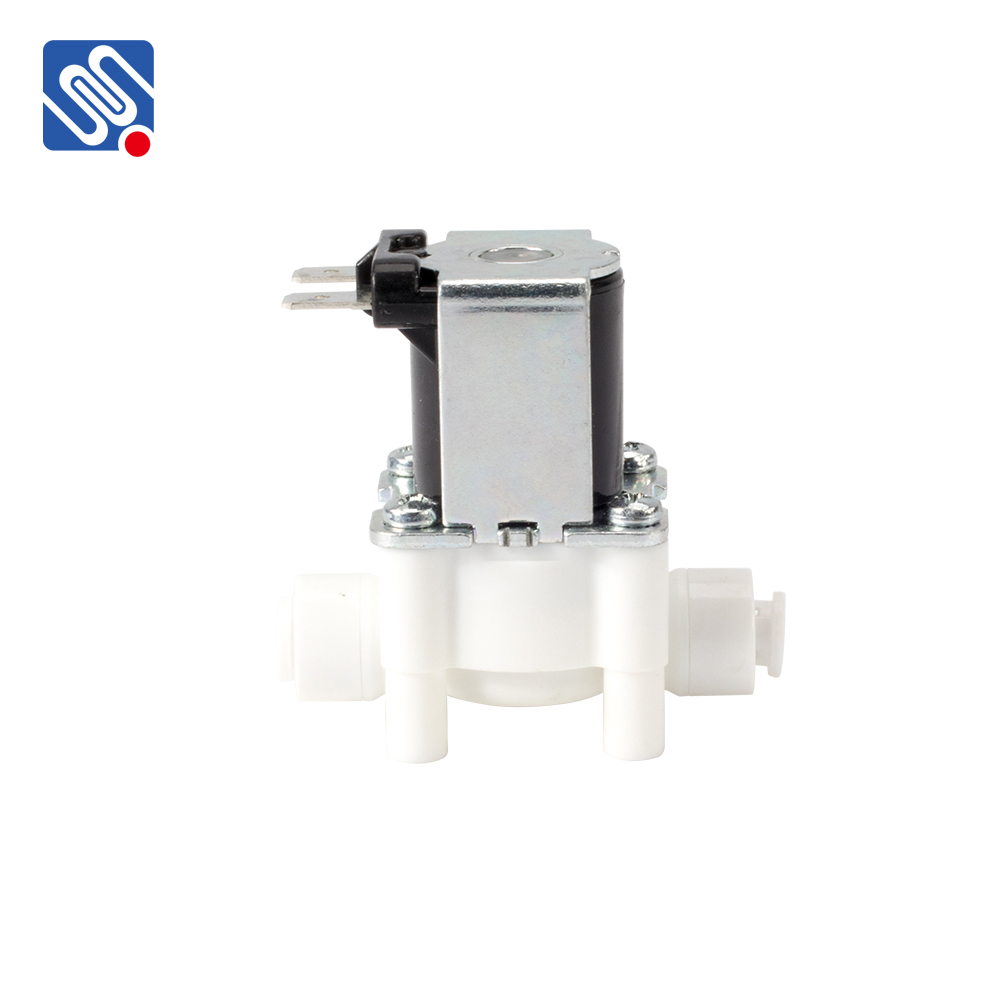A swimming pool solenoid valve is a crucial component in modern pool systems, playing a vital role in regulating water flow, chemical dosing, and overall pool automation. With the increasing reliance on automation for pool maintenance, understanding the function and benefits of solenoid valves is essential for pool owners, operators, and maintenance professionals. In this article, we will explore the working mechanism, advantages, and applications of swimming pool solenoid valves in ensuring a smooth and efficient pool operation.

What is a Swimming Pool Solenoid Valve? A solenoid valve is an electromechanically operated valve that controls the flow of liquids or gases using an electric current. In the context of swimming pools, solenoid valves are primarily used to control the flow of water, chemicals, or air through various systems such as filtration, heating, and chlorination. These valves are typically connected to a pool’s automation system, where they can be remotely controlled to regulate water circulation and other processes. The working mechanism of a solenoid valve involves the use of a solenoid coil, which, when energized, creates a magnetic field that moves a plunger or valve seat, allowing the valve to open or close.
Leave a Reply